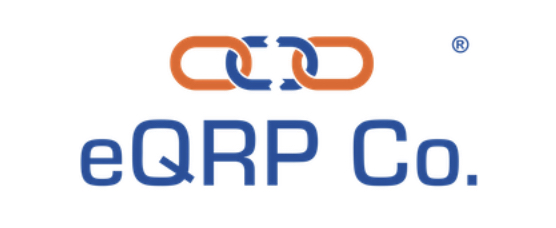When taking down an apartment investment, sponsors raise equity through their investor network and finance the majority. Because the cost of debt is lower than the cost of equity, the majority of the financing comes through debt. Usually, syndicators will raise at least 20% of the value of the asset with equity and finance no more than 80% (80% loan to value). Now, in addition to the responsibility to investors, there is a responsibility to the lender. Below are critical considerations and risk mitigation’s to debt-financing.
Long-Term Debt
Because most commercial loans are not fully amortized – their is a balance due at the end of the term – syndicators must have a plan for how the apartment business plan will be executed. As a general rule – yes, rule – syndicators want long-term financing. The longer the term of the debt, the more flexibility. At minimum, sponsors want financing that exceeds their holding period. This allows for the team to execute their business plan – make necessary improvements, stabilize the property, increase income, etc. – prior to the end of the financing term. Otherwise, if the financing term is too short, there is a small window of time to make these results and the team is at greater risk without that flexibility, as they may be suddenly unable to sell or refinance for profit in the due to market forces or other unforeseen events.
Debt-Coverage Ratio
Always ensure that current net operating income on the asset sufficiently covers the debt service. This metric is referred to as the debt-coverage ratio, calculated at annual net operating income divided by annual debt service. For example, if an apartment has a current annual income of $125,000 and debt service of $100,000, then the debt-coverage ratio would be 1.25. Usually, lenders are looking for 1.25 DCSR minimum, but as investors you want the limit risk by having the higher debt-coverage ratio as possible.
The more you can easily cover your debt service with net operating income, the lower your risk of default. Smart, risk-averse investors look for assets that produce sufficient cash flow that more than adequately covers the debt service on day 1.
Conservative Underwriting
In another post, I wrote about the importance of conservative underwriting and how this practice is the next best thing to the unattainable gift of perfect market timing. Lenders want to see conservative underwriting and it is built into their criteria. Similar to debt coverage, the investor should be even more conservative in the underwriting of the apartment asset. Here are a few ways:
- Analyzing income on a T3 Annualized Basis
- Projecting no rent growth the first two years
- Projecting modest rent growth
- Conservative estimates in future expense reduction
- Conservative terminal cap rate
Each of these and more are easy things to look for to ensure your or your sponsor’s underwriting is conservative.
Remember
Just because a lender is willing to lend the funds does not mean you are investing in a great deal. Today’s commercial real estate market can be unpredictable and the best protection for risk mitigation is securing long-term debt, easily covering debt service and having a high standard of conservative underwriting. If you are a passive investor, look for these in each of your sponsor’s prospective opportunities.
Safe investing!
💡Invest Your Retirement w/ eQRP
– How To Use Your 401k To Invest In Real Estate

